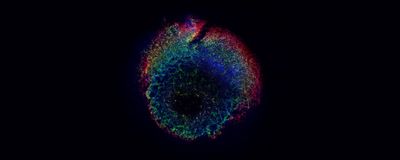News
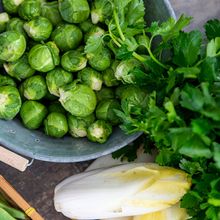
Greens and Genes: The Bitter Truth Behind Your Veggie Preferences
Laura Tran, PhD | Dec 10, 2024 | 5 min read
From Brussels sprouts to chicory, some veggies pack a bitter punch, but genetics and individual differences create a unique flavor experience for everyone.

What Does a Career in Science Policy Entail?
Shelby Bradford, PhD | Dec 9, 2024 | 5 min read
Science policy helps shape research and funding; science policy analysts evaluate these policies to ensure they support scientific progress and innovation.
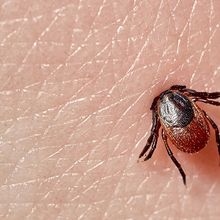
What Makes a Tick Stick?
Sahana Sitaraman, PhD | Dec 6, 2024 | 5 min read
Ticks form a stable structure around their mouth to stick to their hosts for days. Phase transitions of proteins in the tick saliva drive this adhesion.
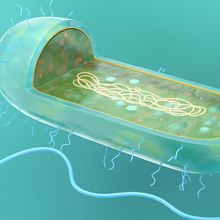
A Hunt for Clues to the Origins of the Eukaryotic Immune System
Shelby Bradford, PhD | Dec 6, 2024 | 4 min read
Homologous defense proteins in archaea and eukaryotes point to these early prokaryotes' role in the immune system of modern complex organisms.
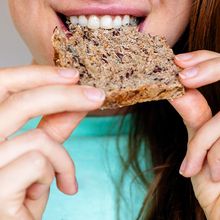
How did Humans Adapt to Digest Starchy Foods?
Hannah Thomasy, PhD | Dec 5, 2024 | 4 min read
Researchers uncover the surprisingly complex evolutionary history of the salivary protein amylase.
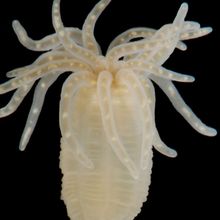
Elusive Stem Cell Population Finally Identified in Sea Anemones
Claudia Lopez-Lloreda, PhD | Dec 5, 2024 | 4 min read
The presence of a previously unidentified population of stem cells in sea anemones suggests that these cells may have been present in a common cnidarian ancestor.
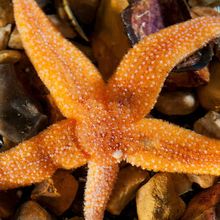
Researchers Discover How Starfish Cut Ties with Their Limbs
Sneha Khedkar | Dec 4, 2024 | 4 min read
A neuropeptide helps starfish shed their arms to escape predators, providing clues about the mechanisms regulating self-amputation.

Bone-Building Hormone Identified in Lactating Mice
Claudia Lopez-Lloreda, PhD | Dec 3, 2024 | 4 min read
A brain-derived hormone that improves bone health could guide new treatments for age-related bone conditions.
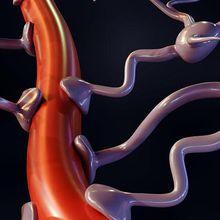
Modeling the Blood-Brain Barrier in a Dish
Sneha Khedkar | Dec 3, 2024 | 4 min read
Human brain and blood vessel organoids merged to form blood-brain barrier assembloids could provide clues into neurological diseases.
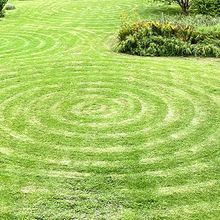
Bacteria’s Stress Strategy: Slow Down to Avoid the Crowd
Laura Tran, PhD | Dec 2, 2024 | 4 min read
Computer simulations highlight how bacteria slow their growth to avoid overcrowding, a behavior that may inform pathogen control.
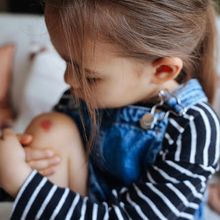
A Beneficial Bacterium Helps Wounds Heal
Sneha Khedkar | Dec 2, 2024 | 5 min read
A bacterium found in the wound microbiome can accelerate healing, highlighting the potential for microbiota-based wound therapies.
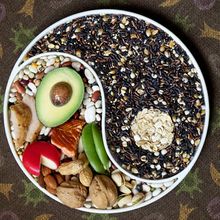
A Keto Diet Could Enhance Cancer Drug Effectiveness
Paige Nicklas | Nov 29, 2024 | 4 min read
In mice, a ketogenic diet remodeled the translatome of pancreatic cancer cells, rendering them vulnerable to targeted therapy.
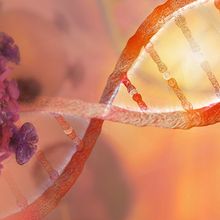
How Some Cancer Cells Survive Chemotherapy
Sahana Sitaraman, PhD | Nov 26, 2024 | 4 min read
Chemotherapy drugs can kill cancer cells by halting DNA replication, but a glucose-depleted environment can help cancer cells overcome this effect and resist death.

A Viral Investigation of Bathroom Biomes
Laura Tran, PhD | Nov 26, 2024 | 4 min read
Hidden on toothbrushes and showerheads, bacteriophages reveal a viral ecosystem and its potential to create healthier living spaces.
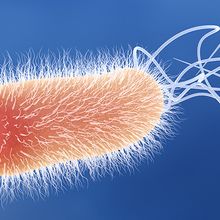
Pseudomonas Bacteria Escape Immunity by Disrupting Energy Production in Macrophages
Kamal Nahas, PhD | Nov 25, 2024 | 4 min read
Pseudomonas infections are tough to treat, but a new study reveals a chemical they use to subdue macrophages, suggesting new therapeutic avenues.
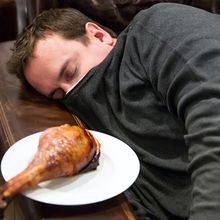
Why Does Thanksgiving Dinner Make Some People Sleepy?
Shelby Bradford, PhD | Nov 25, 2024 | 4 min read
Urban myths cry turkey, but the science behind why Thanksgiving feasts induce sleep suggests otherwise.
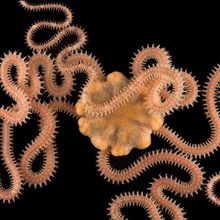
Diving Into the Brittle Star Genome to Understand the Evolution of Regeneration
Sneha Khedkar | Nov 22, 2024 | 4 min read
The sequenced genome of the brittle star revealed unique gene arrangements and provides insights into ancient genes involved in limb regeneration.
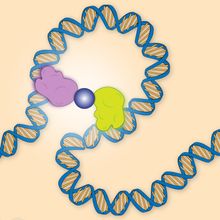
Combining Bacterial Systems Offers a New Approach to Gene Regulation
Shelby Bradford, PhD | Nov 22, 2024 | 4 min read
Researchers turned programmable proteins into a novel genetic tool, potentially enabling tighter control of gene expression.
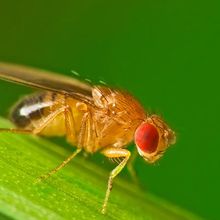
How the Fly Brain Knows When to Release Insulin
Sneha Khedkar | Nov 21, 2024 | 4 min read
An enzyme synthesized in the fly gut travels to the brain, where it induces insulin-like peptide secretion.
